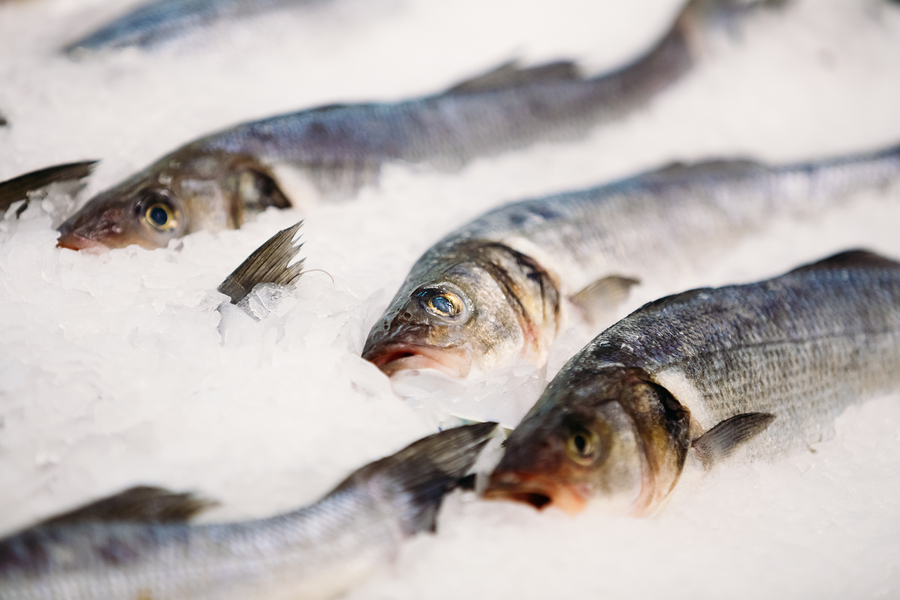Scientists in India have developed a way for raw fish scales to be recycled into an energy harvester for electronics.
In a paper released yesterday researchers were able to create a nanogenerator from the biowaste by processing the scales to make them transparent.
Electrodes were then attached, making them flexible and capable of scavenging surrounding energies – including body movements, sound vibrations and wind flow.
Collagen fibres within the scales make it possible thanks to the fact that they contain piezoelectric properties, meaning that an electric charge is created when mechanical stressors are applied.
Researchers hope that such nonogenerators could be used for specialist electronics, including biodegradable or even edible electronics.
Dipankar Mandal, co-author of the paper at Jadavpur University said that:
In the future, our goal is to implant a bio-piezoelectric nanogenerator into a heart for pacemaker devices, where it will continuously generate power from heartbeats for the device’s operation.”
“Then it will degrade when no longer needed. Since heart tissue is also composed of collagen, our bio-piezoelectric nanogenerator is expected to be very compatible with the heart.”
The team’s work is the first known demonstration of the direct piezoelectric effect of fish scales from electricity generated by a bio-piezoelectric nanogenerator under mechanical stimuli without the need for any post-electrical poling treatments.
Earlier in the year it was announced that tomatoes that were unfit for sale in supermarkets could also be turned into a green energy source.
Researchers from Princeton University and Florida Gulf Coast University said that the new developments could generate enough energy from Florida’s tomato waste to generate Disney World itself – encompassing a land mass of 43 square miles.
Tomatoes are considered good for generating energy because they contain a bright red carotene pigment, something which has found to be an excellent catalyst for generating electrical charges.
Professor Venkataramana Gadhamshetty, team leader of the project, said that, “we wanted to find a way to treat this waste, that when dumped in landfills, can produce methane – a powerful greenhouse gas – and when dumped in water bodies, can create major water treatment problems.”

